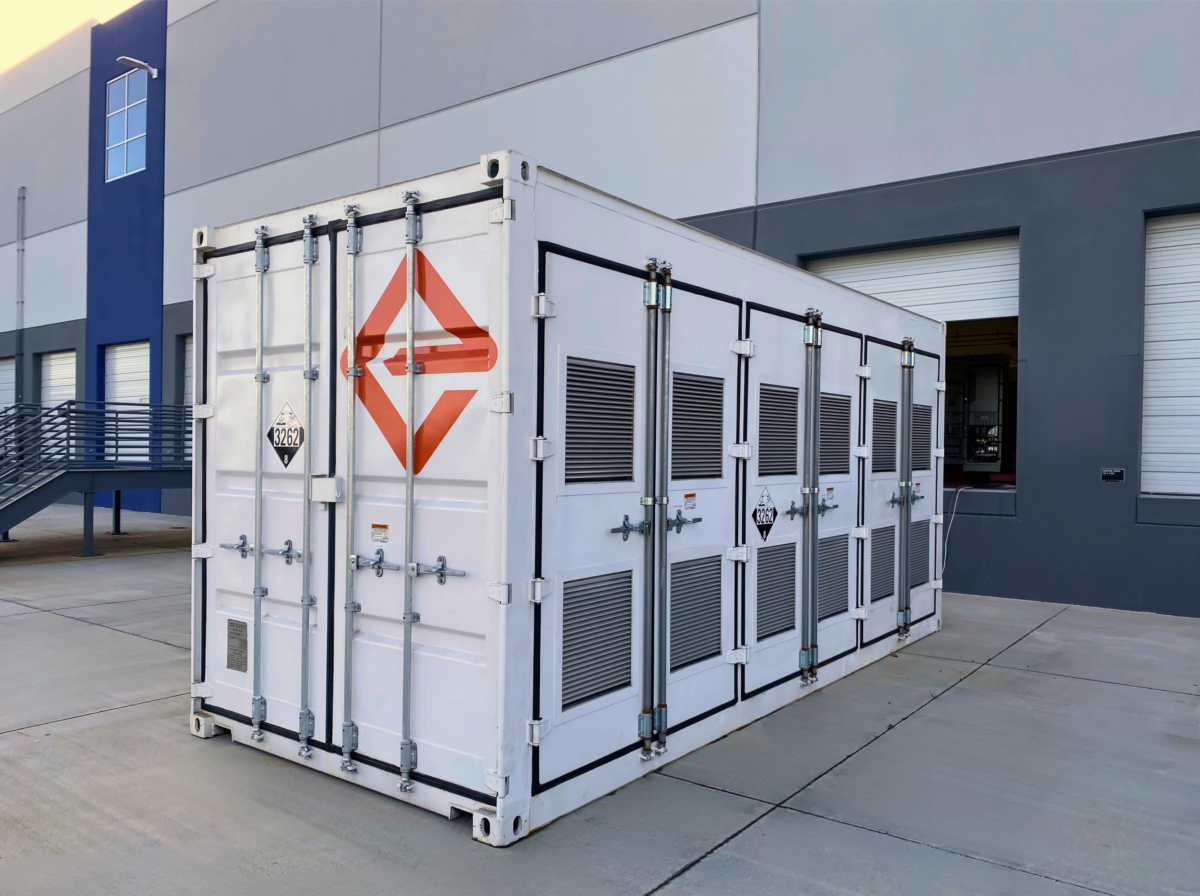Eyeing both environmental responsibility and the promise of a more reliable energy future, forward-thinking utilities, regulatory agencies, developers, integrators, and other energy stakeholders continue to explore and vet an increasingly diverse array of battery energy storage systems (BESS).
The most promising of these systems, though, must have the potential to achieve clean energy and financial goals, while also underpinning the long-term flexibility, stability, and resilience of our energy infrastructure.
But while many projects integrating modern distributed energy resources, microgrids, and energy storage can offer advantageous possibilities, meticulous planning is critical to navigate potential challenges and ensure the financial viability of any new BESS solution. Each unique application, location, and technology combination necessitates detailed analysis to accurately assess the impacts of a given BESS integration.
A project-level analysis of distributed energy resources is make-or-break for profitability
Before embarking on a new BESS project—one impacting decades of operations and finances—energy stakeholders need a clear-as-day road map. Shovels may not hit the ground for months, but understanding the project’s financial journey throughout its lifespan is crucial. Organizations striving for confidence in their BESS decision-making face several hurdles. These include addressing industry knowledge gaps and blind spots when analyzing energy storage, distributed energy resources, and microgrids at the project level.
Additionally, they must gather enough insights to evaluate across differing market perspectives, ranging from customer preferences to grid demands. They must also, of course, thoroughly compare grid-scale battery technologies to make a decision that can optimize a project’s returns.
The tools are there for accurate, long-range evaluations
Substantial resources are available to organizations still developing and refining methods for conducting project-level analyses. Utilities and other entities would be smart to leverage free and open-source analysis tools, such as the Electric Power Research Institute’s (EPRI) publicly accessible DER-VET solution for evaluating the technical merits and constraints of specific distributed energy resources.
Key data impacting BESS evaluations may include this distributed energy resource data on PV systems, controllable loads, and energy storage—as well as weather data for the potential project site, electrical thermal loads, and electricity and gas tariff data, along with time-of-use rates. Supported by this information, organizations can better analyze and predict the outcomes of strategies to minimize the costs of project operations, maximize reliability, defer the need for asset upgrades, and make the most of wholesale market participation.
Importantly, analyses must consider distributed energy resource-related constraints, along with power import/export caps, battery grid charging caps, and battery cycling limitations.
Leveraging these methods, organizations will better optimize their distributed energy resources and their hour-by-hour strategy for utilizing those resources in alignment with cost-benefit analyses. Finally, organizations can incorporate all relevant tax breaks, ERA incentives, and financing into their project-level assessments to ensure the best possible financial outcomes (and steer clear of projects that cannot provide them).
An example analysis: lithium-ion vs. NiH2 battery chemistries
In a recent demonstration of effective strategic analysis with ramifications for project-level energy storage, EPRI applied its open-source DER-VET tooling to model the net present value (NPV) of comparable lithium-ion and NiH2 battery technology utilizations for stationary storage.
Lithium-ion and NiH2 offer similar battery technologies from a grid perspective: they’re both inverter-based resources with similar efficiencies and quick-response capabilities. However, these technologies have unique project profiles when it comes to battery cycle life, charge/discharge ranges, material sourcing, climate resilience, operating and maintenance expenses, fire risks, and overcharge/discharge/deep-cycle capabilities.
The analysis simulated usage scenarios in energy and ancillary service markets, including data from the ERCOT market in Texas and the CAISO market in California, as applied to 2-,4-,6- and 8-hour BESS configurations. Specifically, the analysis focused on energy time-shifting and frequency regulation as revenue streams.
Looking at the results of these simulated scenarios, both lithium-ion and NiH2 were just above break-even net present value (NPV) in the energy time-shifting use cases in both markets, offering comparable value. However, adding in frequency regulation revealed a larger difference: NiH2 delivered a far superior NPV in all use cases and durations. In the CAISO market, lithium-ion achieved an NPV in the low hundreds of dollars per kW, while NiH2 reached the $2500-3000/kW range. The ERCOT market displayed a similar gap, with lithium-ion in the $500-700/kW range and NiH2 reaching a $3000-4000/kW NPV.
The determining factor was the difference in degradation between these technologies: lithium-ion batteries degrade faster and have a shorter lifespan, lasting 3500 cycles at 100% Depth of Discharge (DoD). NiH2 batteries last 30,000 cycles at 100% DoD, almost two orders of magnitude higher. For this reason, NiH2 battery systems can operate longer and gather more revenue—especially from regulation services. This is an example of a key finding that only robust analysis could prove out.
Predictive analysis is essential
With project lifespans and expected returns often exceeding 20 years, decisions about BESS shape an organization’s performance for years to come. Sound and thorough analysis, like in the example above, directly informs these investments and reveals important differentiation with clear long-term impacts. Those who optimize these investments today will continue to reap the rewards well into the future.

Randy Selesky is the CRO and EVP of Product Engineering at EnerVenue. Previously, he was SVP at Greensmith Energy Management Systems. Among his other industry experience are management roles at Rockwell Automation, Enernet Global, EnerNOC, and GE.
The views and opinions expressed in this article are the author’s own, and do not necessarily reflect those held by pv magazine.
This content is protected by copyright and may not be reused. If you want to cooperate with us and would like to reuse some of our content, please contact: editors@pv-magazine.com.








By submitting this form you agree to pv magazine using your data for the purposes of publishing your comment.
Your personal data will only be disclosed or otherwise transmitted to third parties for the purposes of spam filtering or if this is necessary for technical maintenance of the website. Any other transfer to third parties will not take place unless this is justified on the basis of applicable data protection regulations or if pv magazine is legally obliged to do so.
You may revoke this consent at any time with effect for the future, in which case your personal data will be deleted immediately. Otherwise, your data will be deleted if pv magazine has processed your request or the purpose of data storage is fulfilled.
Further information on data privacy can be found in our Data Protection Policy.